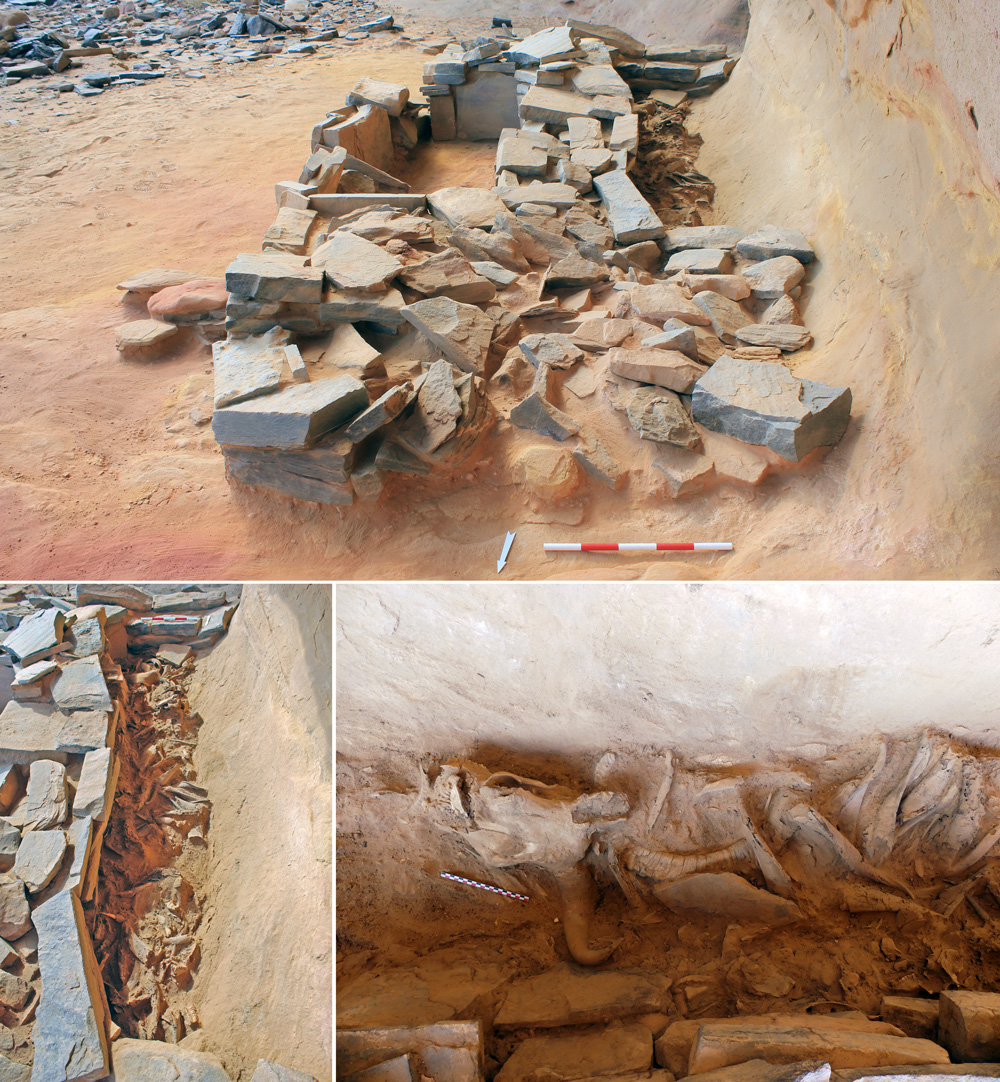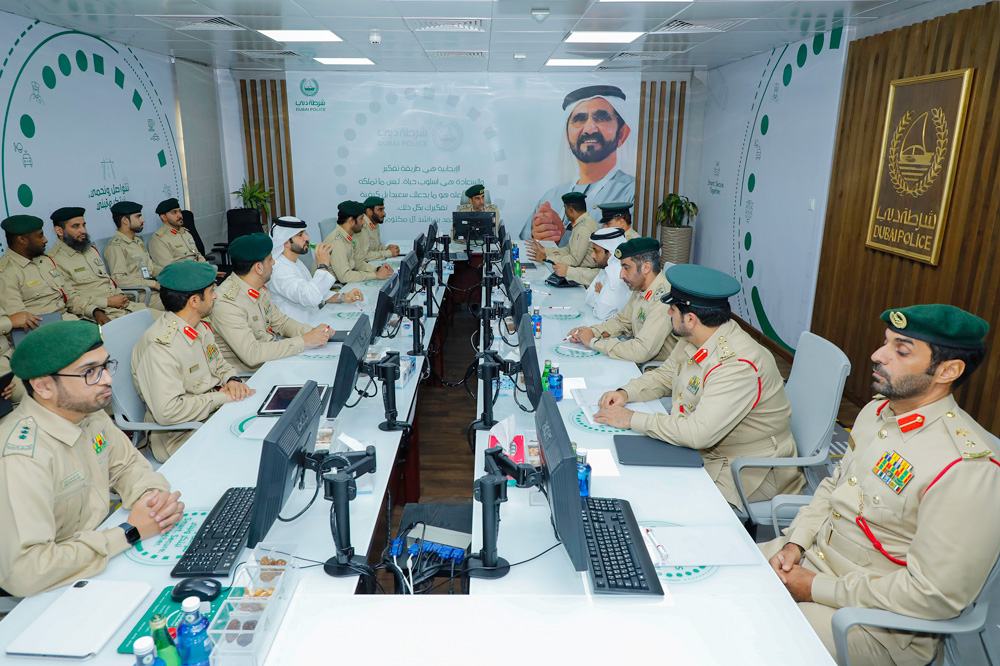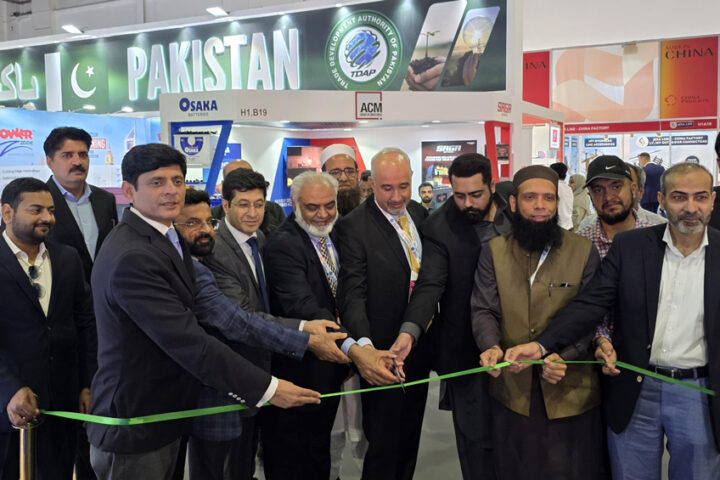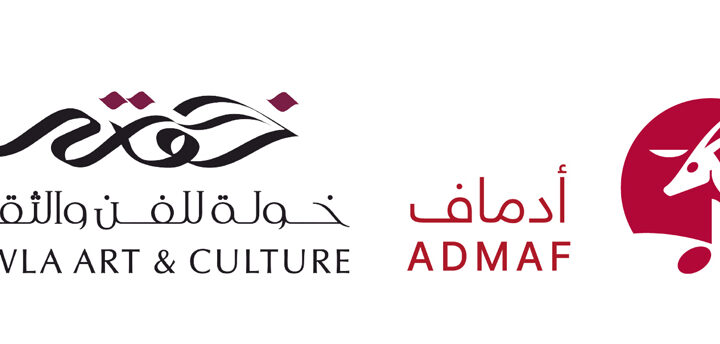AlUla, Saudi Arabia – In a groundbreaking revelation, recent archaeological excavations supported by the Royal Commission for AlUla (RCU) have shed light on the complex and sophisticated ritual practices of the Neolithic inhabitants of north-west Arabia during the late 6th millennium BCE. These findings are expected to significantly broaden our understanding of the social, cultural, and spiritual aspects of ancient people in this region.
Researchers have highlighted the communal nature of these rituals, suggesting the possibility of early pilgrimage traditions. It is speculated that people may have journeyed to prehistoric stone structures known as “mustatils” to participate in these ceremonies. This could represent one of the earliest known pilgrimage traditions in human history. Furthermore, the presence of domestic animal offerings underscores the pastoral nomadic nature of the community, indicating that the mustatils may have served as a means of social bonding or territorial markers.
Mustatils are large, open-air rectangular structures with low stone walls, with over 1,600 of them identified through aerial surveys across north Arabia. While their function was initially a mystery, excavations conducted since 2018 have increasingly pointed to their ritual significance.
The results of two separate studies have recently been published, both peer-reviewed and offering valuable insights. One study, led by Dr. Wael Abu-Azizeh of the Archéorient Laboratory and Lyon 2 University in France, is featured in the book “Revealing Cultural Landscapes in North-West Arabia.” The book was edited by a team of experts, with Dr. Rebecca Foote, Director of Archaeology at RCU, leading the effort. The other study, led by Dr. Melissa Kennedy from the University of Sydney in Australia, was published in the journal PLoS One in March.
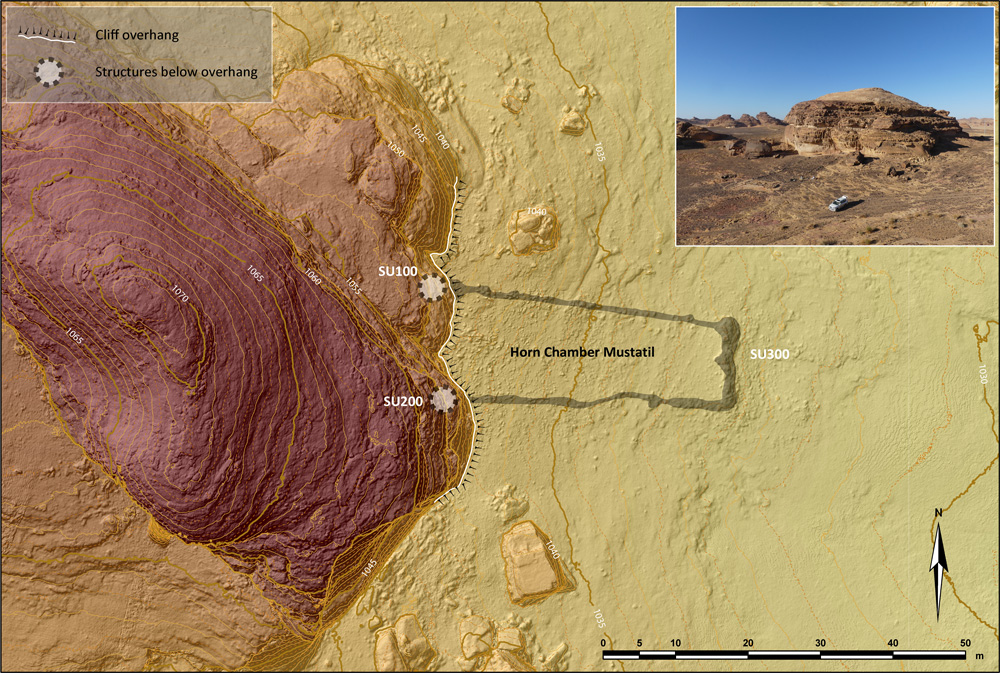
Abu-Azizeh’s Study Unearths Unique Ritual Chamber
In 2018, Dr. Abu-Azizeh initiated an excavation on behalf of Oxford Archaeology, uncovering the “Horn Chamber” within a mustatil at site IDIHA-0000687, located northeast of AlUla and dating to approximately 5300-5000 BCE. The Horn Chamber, measuring 3.25m by 0.8m, was found at the western end of a relatively smaller mustatil, measuring 40×12 meters.
Inside the Horn Chamber, the team made a remarkable discovery of densely packed horns and skull fragments, primarily from domestic species such as goats, sheep, and cattle, along with a few from wild species like gazelle, Nubian ibex, and aurochs. Beneath this assemblage lay a thin layer of twigs placed on the chamber’s sandstone surface in preparation for the ritual.
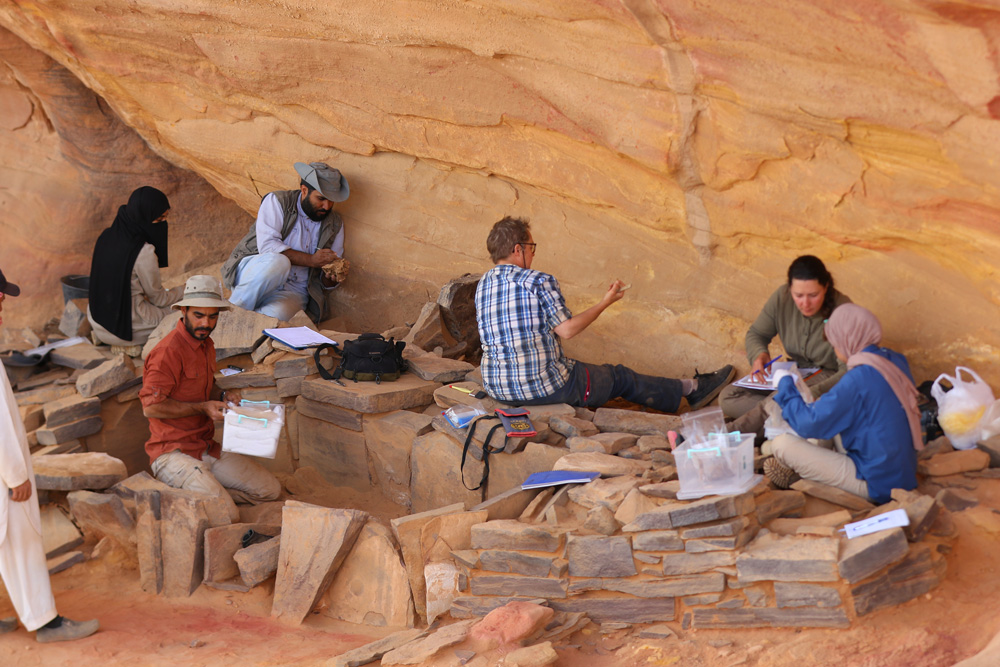
Researchers suggest that these offerings were likely deposited during a single ceremony. In a tentative reconstruction of the ritual, pastoral nomads gathered to present these trophies, expressing a cohesive identity for their social group. The significance of this assemblage lies in its quantity, species diversity, and exceptional state of preservation, marking it as a unique and unprecedented discovery in the region’s archaeological record.
Kennedy’s Study Reveals Ritual Evolution
In 2019, Dr. Kennedy’s team began excavation of a mustatil located deep within sandstone canyons east of AlUla, at site IDIHA-0008222. Similar to Abu-Azizeh’s findings, a chamber containing horns and skull parts was discovered, dating to around 5200-5000 BCE. However, there were differences; these bones appeared to have been deposited in multiple phases over a generation or two.
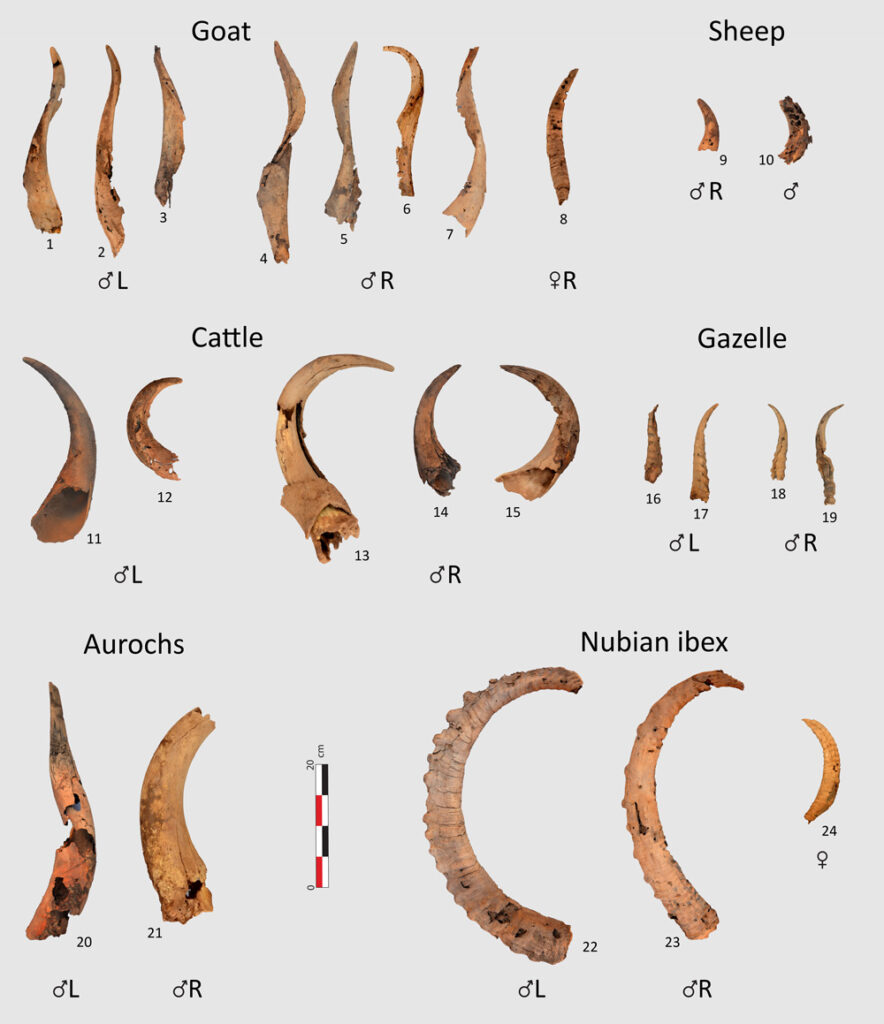
Most of the horns and skull parts in this chamber were from cattle, with several from goats. At the center of the shrine stood an upright stone believed to have served as the focal point for the ritual. The researchers interpret this stone as a betyl, acting as a mediator between humans and the divine, where faunal elements were deposited as votive offerings. This would constitute one of the earliest known betyls in the Arabian Peninsula.
Furthermore, this study suggests that the repeated use of the shrine over years represents one of the earliest examples of “pilgrimage” or shrine revisiting in the Arabian Peninsula. The placement of mustatils might have had an ecological basis, potentially associated with ensuring fertility and rain continuity in a changing climate, with some mustatils located near water sources such as wadis.
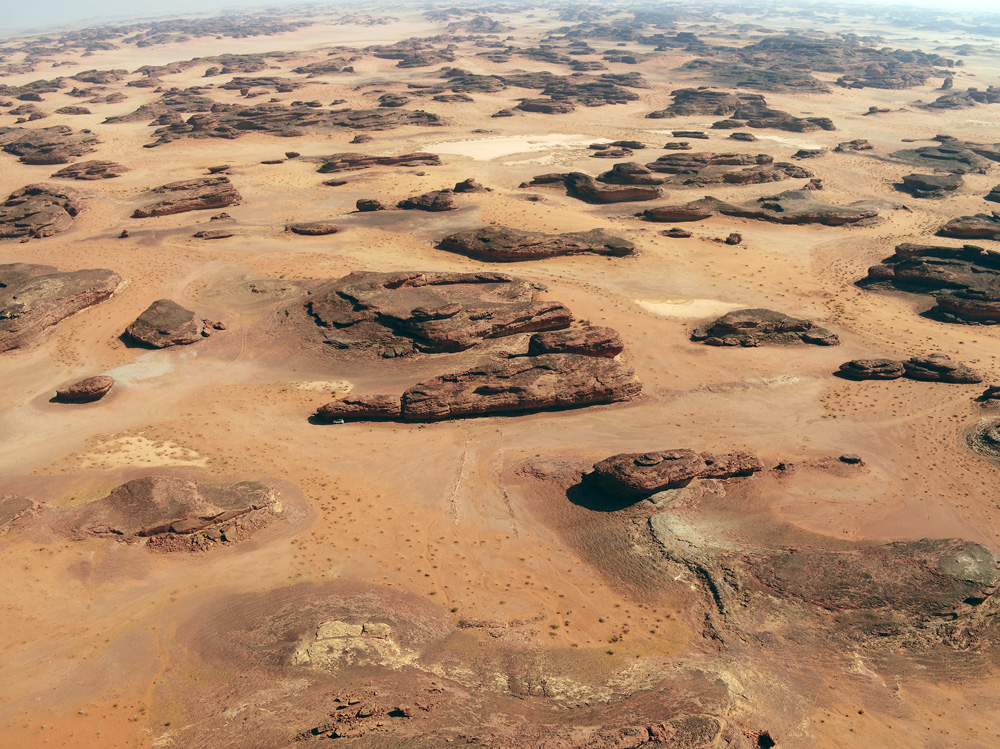
Dr. Rebecca Foote, Director of Archaeology and Cultural Heritage Research at RCU, emphasized the ongoing archaeological research in AlUla and Khaybar, which is deepening our understanding of the region’s history, culture, and human occupation.
AlUla’s significance in archaeological research will continue to grow as RCU hosts the inaugural AlUla World Archaeology Summit from September 13 to 15, 2023. This event aims to bring together leaders from academia, government, NGOs, industry, and the next generation of archaeologists to enrich the archaeological community and explore the transformative potential of archaeology and cultural heritage in society.

